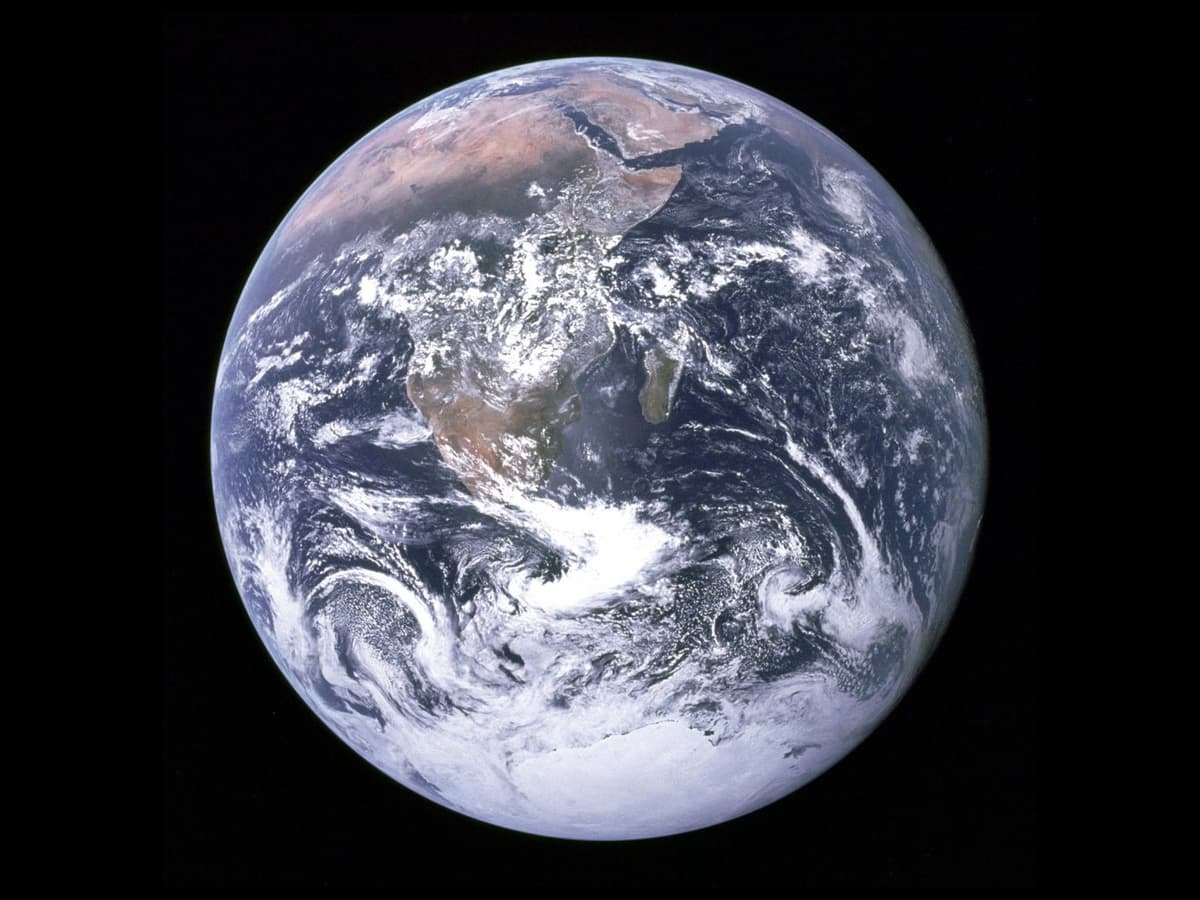Scientists Offer New Theory for How ‘the Great Dying’ Wiped Out 90 Percent of Life on Earth
The prevailing theory has been that volcanic activity in the Siberian Traps released massive amounts of carbon dioxide.

A mega El Niño effect was a significant contributor to the mass extinction event that wiped out more than 90 percent of all life on Earth some 252 million years ago, according to a new study.
Known as the Great Dying, the event marked the end of the Permian geological period and is considered the most devastating of the five major extinction events in Earth’s history — worse even than the asteroid impact that doomed the dinosaurs.
The prevailing theory has been that volcanic activity in the Siberian Traps released large amounts of carbon dioxide, leading to a sudden global warming. This warming caused higher temperatures, acid rain, and ocean acidification.
New research published in the journal Science, though, suggests that a prolonged and intense El Niño effect might have played a crucial role.
“What we’re showing is that it was a climate-based extinction crisis. It wasn’t just the warming, it’s how the climate responded,” a professor of paleoenvironments at the University of Leeds in the United Kingdom, Paul Wignall, said, CNN reported. “If the conditions were bad but constant, life could have evolved to cope with it. But the fact is, it kept lurching from one extreme to the other over the decades.”
The research team created a computer model of the global climate during the late Permian period. The model indicated that as global temperatures rose, El Niño events — which originate in the Pacific Ocean and affect weather worldwide — grew in magnitude and duration. The phenomenon amplified temperatures and caused alternating periods of flooding and scorching drought, leading to wildfires and devastating various species over approximately 100,000 years.
Typically, modern El Niño events last between nine and 18 months and occur every two to seven years. The El Niño of 252 million years ago would have started in the Panthalassic Ocean, a much larger body of water than today’s Pacific Ocean, capable of holding more heat and subsequently intensifying and prolonging the El Niño effects.
One reason the end-Permian extinction was so severe is that the mega El Niños created extremely warm conditions in the tropics, which quickly spread to higher latitudes. This led to the loss of most vegetation and its ability to remove carbon dioxide from the atmosphere.

